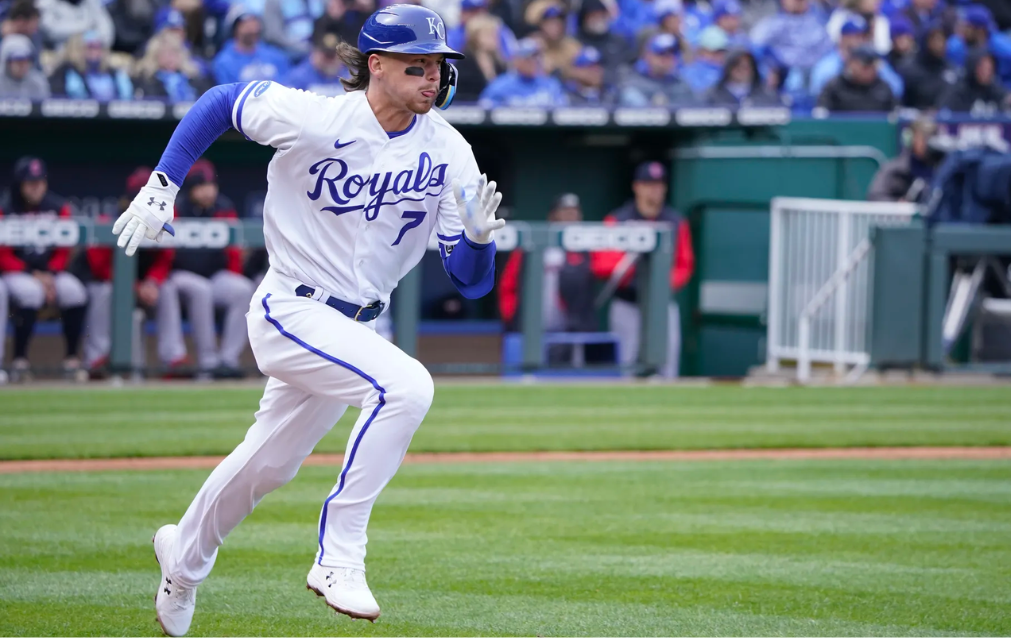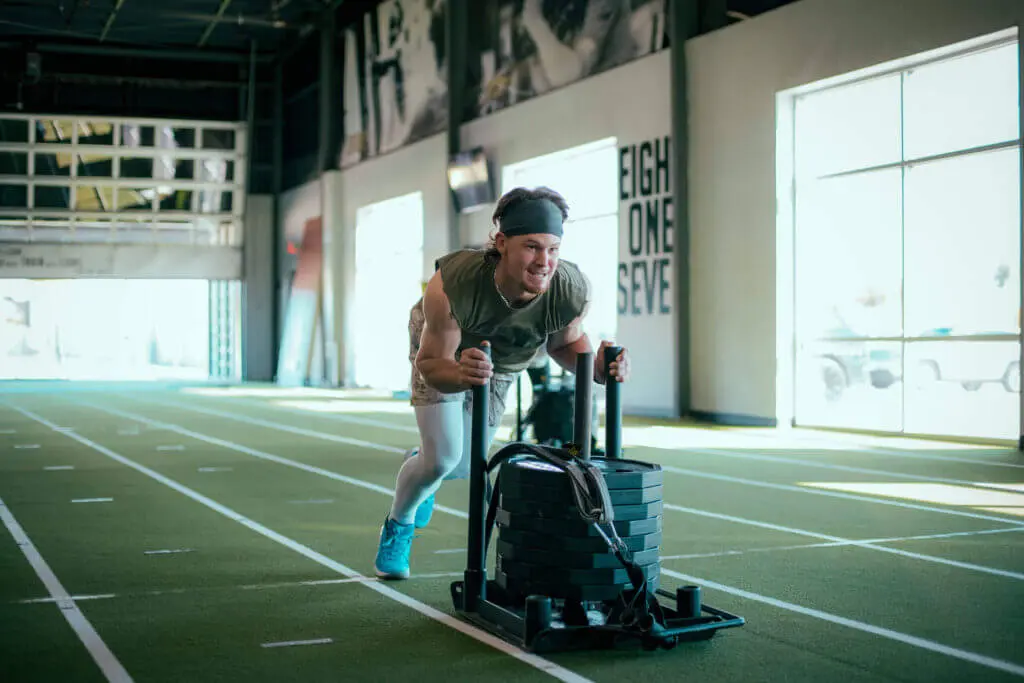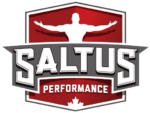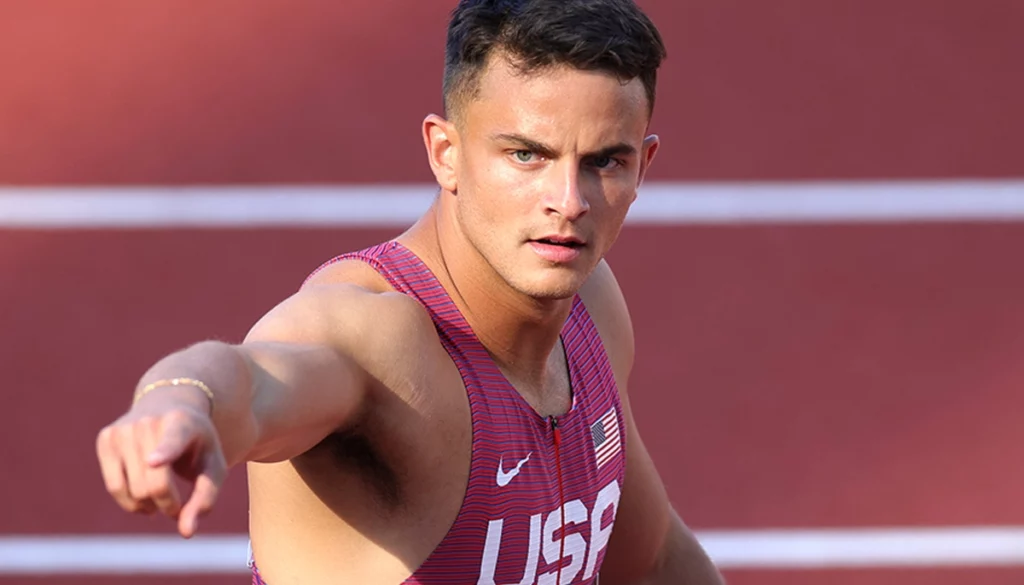
For the vast majority of team sports, outside of the sport skill element, speed, strength, and power are key physical characteristics that have a direct impact on an athlete’s performance. Typically, as the level of sport increases, so do an athlets ability to generate maximal force and power and accelerate in a straight line and change of direction. Research suggests the difference between the top two tiers of soccer is acceleration and running speeds rather than skill level.
Based on various discussions with sports coaches and inparticular, baseball head coaches, one of the biggest challenges they find is the balancing act between practicing the sport specific skills, and the physical development with the amount of time available. Within baseball itself, the amount of time required to practice the specific skills of the sport like pitching, hitting and fielding, and the recovery period from these sessions is very demanding. The same also applies to the specific training process for developing strength and power in the weight room and sprint ability on the field. So how an athlete is able to dedicate enough time to each element plus the challenges of life and school work can be very demanding.
Part of overcoming these challenges is for the athlete to be able to understand and identify where their weaknesses lie, what the process looks like to develop these qualities, what the highest priority is and when the best time is to develop or maintain their current ability.
From past experience, the best time or window of opportunity to really challenge and make progress on the physical qualities is during the off-season, which for most sports, lines up with the school summer break. The challenge here is now for the athlete to decide how much time they should dedicate to addressing each of their specific needs and an area that is typically overlooked and something that differentiates the most as the level of baseball increases is the athlete’s ability to accelerate, in a straight line and through a change of direction (including curve or base running).

Speed development is often overlooked because, for most athletes, it is easier for to sign up to the gym, start lifting weights and ahcieve reasonably fast improvements or gains. Plus, in most sports, there is a strong culture or idea that being bigger and stronger will result in you being a better athlete. While these points maybe true, speed training typically costs less than a gym membership, yield similar results to weight training, and have the same impact if not greater on performance while also reducing the risk of a hamstring injury.
When it comes to sprint and agility training, there are two primary focuses, one is always sprint as fast aspossible with maximum intensity, two is ensure a long rest time between reps and sets to allow full recovery to then sprint again with maximum intensity. More often than not, athletes will typically not move with 100% intensity and then shorten recovery times. This results in fatigue occurring, the wrong training stimulus placed upon the muscle, and then potential injury occurring. Doing this two to three times per week, during the offseason will increase sprint and change of direction times.
Outside of the two main focus points there are many specific adaptations and changes we are looking for when it comes to sprint training, including reactivity, switching of limbs, ankle stiffness, and certain key performance indicators (KPI) such as ground contact time, air time and stride length. These will all typically be addressed from the combination of sprinting as fast as possible on every single rep combined with specific drills and sprint mechanics. These specific adaptaions and KPI’s will allow an athlete direct more force in a horiozntal manner, which research suggests is the biggest factor in relation to sprint times.
A criticism or viewpoint of sprint training for baseball athletes is that they aren’t track and field athletes, so they don’t need to train like sprinters. While this is true, baseball athletes aren’t sprinters, how a person sprints in a straightline is fairly similar no matter their background or sport, one foot will always go in front of the other and the focus will always be on covering as much ground as possible in the shortest amount of time. There will also be certain characteristics and qualities that will transfer from the track and field world into baseball and other sports.
Take Devon Allen for example, a world class 110m hurdler who was drafted to the NFL after recently competing in the World Track and Field Championships.
The goal of sprint training within baseball shouldn’t be to turn the athletes into sprinters but address the KPI’s (ground contact time, air time, stride length, reactivity, switching ability) of sprinting performance and look at specific bandwidths of these measures that will transfer to baseball and the ability to accelerate on the field.

